10 Perfect Companion Plants for Parsley and Which to Avoid
Parsley is a hardy herb that thrives in a variety of garden conditions, but it can benefit from being paired with the right plants. Some plants naturally support parsley by improving the soil, offering protection from pests, or enhancing its growth. On the other hand, certain plants can compete for space and nutrients or attract unwanted insects. This guide will help you choose the best companions for parsley and identify which plants to keep away from for optimal growth.
This post may contain affiliate links, which helps keep this content free. Please read our disclosure for more info.
Basil
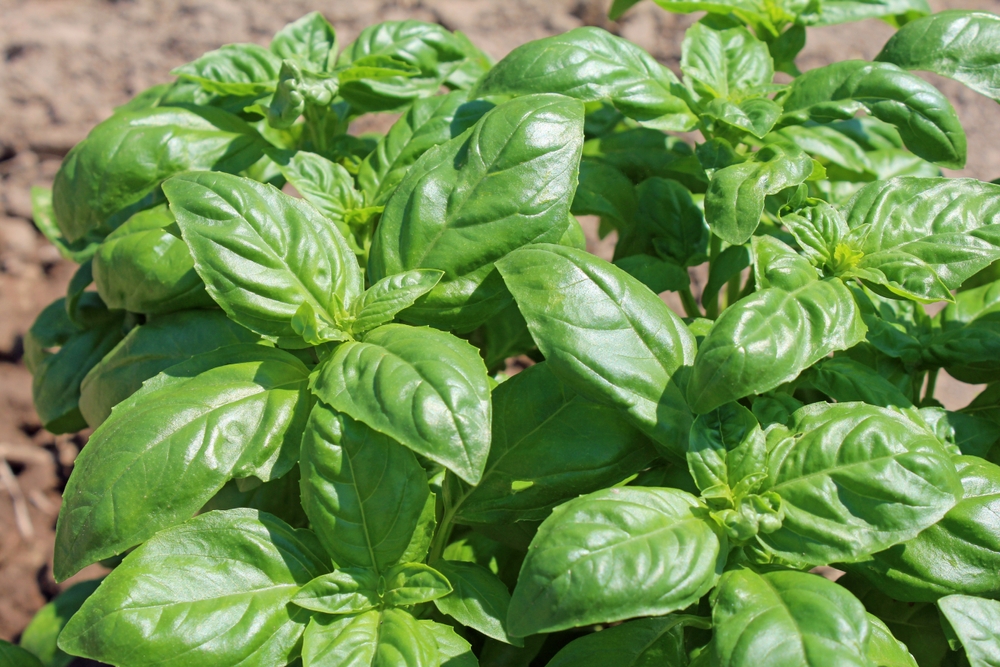
Basil is a great companion for parsley as both herbs enjoy similar growing conditions. They both thrive in well-drained soil and full sunlight, making them a natural pairing in the garden. Basil’s strong scent acts as a natural pest repellent, helping to keep harmful insects like aphids and mosquitoes away from parsley. This benefit is especially useful in preventing aphids, which can harm parsley leaves and reduce their overall health. The growth habits of both plants complement each other without competing for space or nutrients, allowing them to coexist happily.
Furthermore, basil and parsley benefit each other in terms of flavor. While basil is often used in Italian and Mediterranean dishes, the combination of parsley and basil adds a fresh, herbal flavor that enhances various recipes. Both plants can be harvested regularly, encouraging continued growth. Planting them together encourages a thriving herb garden and ensures you have a steady supply of fresh herbs for cooking.
Chives
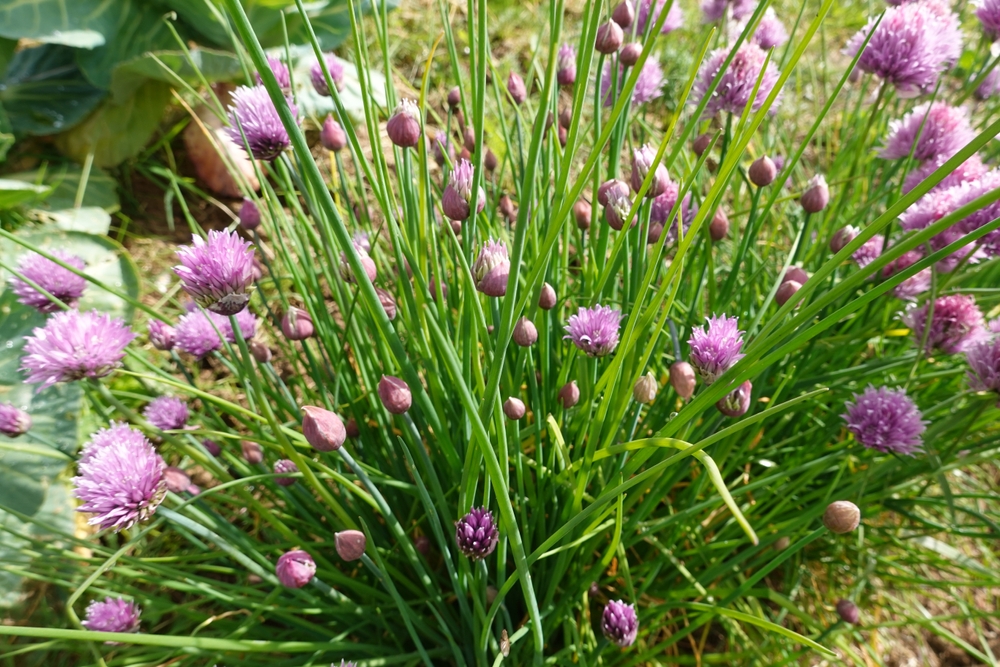
Chives and parsley share similar needs, making them excellent companions. Both herbs require full sunlight and well-drained soil, and they both thrive in cooler temperatures. Chives offer additional benefits for parsley by repelling pests, particularly aphids and carrot flies, which are known to target parsley. Their scent acts as a natural deterrent for these pests, helping parsley to grow without interruption. This partnership is particularly beneficial for keeping parsley’s foliage healthy and free from harmful insects.
Moreover, chives and parsley complement each other in the kitchen. Chives add a mild onion-like flavor to dishes, while parsley contributes a fresh, peppery taste. When grown together, they create a harmonious herb garden, offering a variety of flavors for cooking. Their growth patterns do not interfere with each other, as both herbs tend to stay relatively compact, allowing for easy maintenance and harvest.
Cabbage
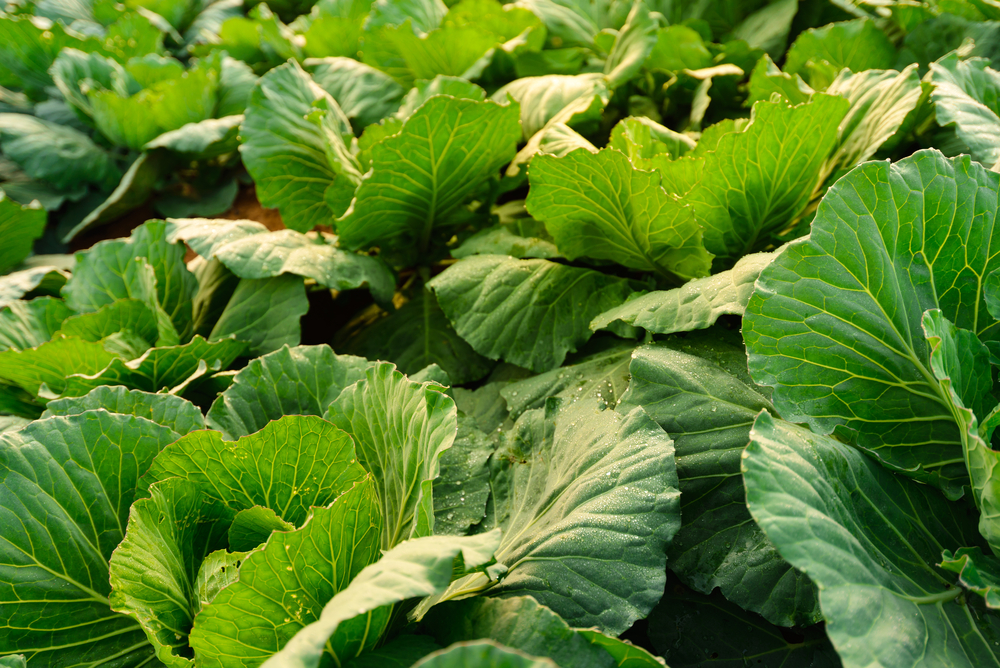
Cabbage makes an excellent companion for parsley, offering both shade and protection. Parsley tends to struggle with heat, so the cabbage’s large leaves provide some much-needed relief by shielding the parsley from direct sun during the hottest parts of the day. This helps maintain moisture in the soil, reducing the risk of the parsley drying out and ensuring consistent growth. Additionally, cabbage’s presence in the garden can help attract beneficial insects like ladybugs, which will feed on pests that may threaten parsley.
The relationship between parsley and cabbage also benefits the soil. Parsley helps improve soil fertility by releasing nutrients as it grows, which in turn supports cabbage’s growth. With this cooperative relationship, both plants thrive and complement each other’s needs. Their different growth habits, cabbage being a leafy vegetable and parsley a low-growing herb, allow them to share space without overcrowding, making them an ideal pairing for a garden.
Tomatoes
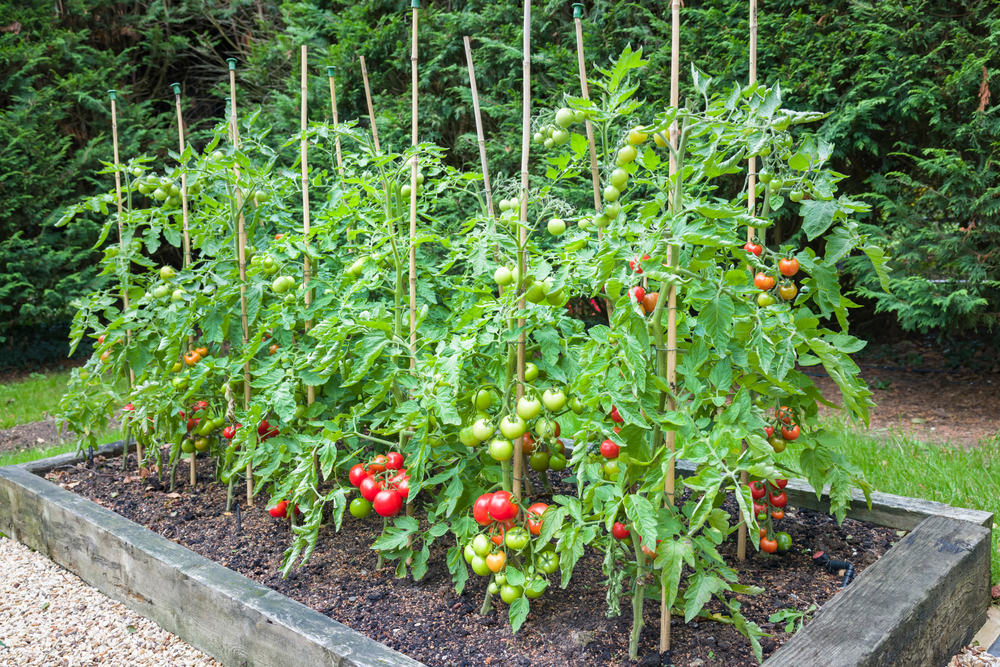
Tomatoes and parsley thrive when planted together because they have similar growing conditions and complement each other well. Both plants prefer full sun and well-drained soil, making them natural partners. Parsley can attract pollinators, such as bees and butterflies, which are essential for improving tomato pollination. These pollinators help increase the fruit yield of the tomatoes, benefiting from parsley’s presence in the garden.
In addition to attracting pollinators, parsley’s scent can also help deter certain pests that affect tomatoes, including aphids and whiteflies. By masking the scent of tomatoes, parsley may make it harder for pests to locate the tomatoes. This combined effort creates a pest-free environment where both plants can flourish, with parsley providing natural protection for tomatoes while tomatoes help to enrich the overall garden ecosystem.
Marigolds
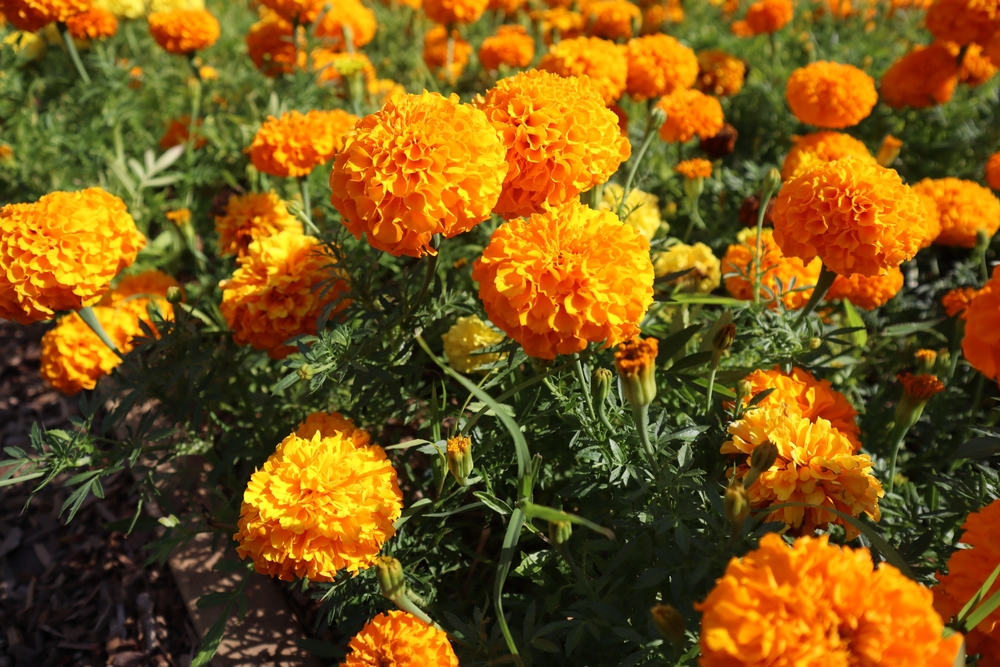
Marigolds are highly beneficial companion plants for parsley due to their natural pest-repelling properties. The strong scent of marigolds can repel harmful insects like aphids, nematodes, and whiteflies, which are common pests that affect parsley. Planting marigolds near parsley helps protect it from these pests, ensuring that parsley grows healthily without being damaged. Marigolds also attract beneficial insects, such as ladybugs, which can further help control pest populations in the garden.
In addition to pest protection, marigolds bring a burst of color to the garden, enhancing its visual appeal. The flowers also attract pollinators like bees, which support the overall health of the garden by aiding in pollination. With marigolds and parsley working together, gardeners can create a beautiful, thriving, and pest-free environment where both plants flourish and continue to provide fresh herbs and vibrant flowers.
Thyme
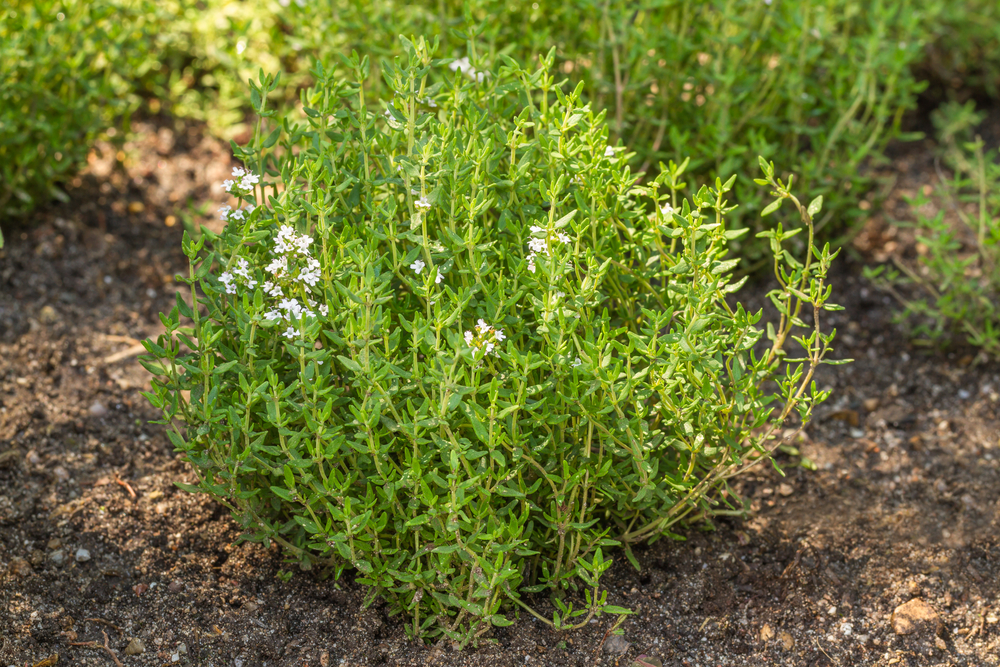
Thyme is a valuable companion for parsley because it helps improve soil quality and provides natural pest control. The aroma of thyme can deter pests such as aphids and spider mites, which are known to attack parsley. This natural pest repellent reduces the risk of these pests harming your parsley crop, allowing it to thrive in a healthier environment. Thyme’s compact growth pattern ensures that it will not compete for space with parsley, making them easy to plant together.
Thyme also has minimal water requirements, which means it will not outcompete parsley for water. Both herbs have relatively low water needs, making them a great pairing for gardeners who prefer low-maintenance plants. Additionally, thyme’s woody growth provides some structure to the garden, complementing the softer, leafy growth of parsley. Together, these herbs create a balanced garden that benefits from natural pest control and efficient use of resources.
Oregano
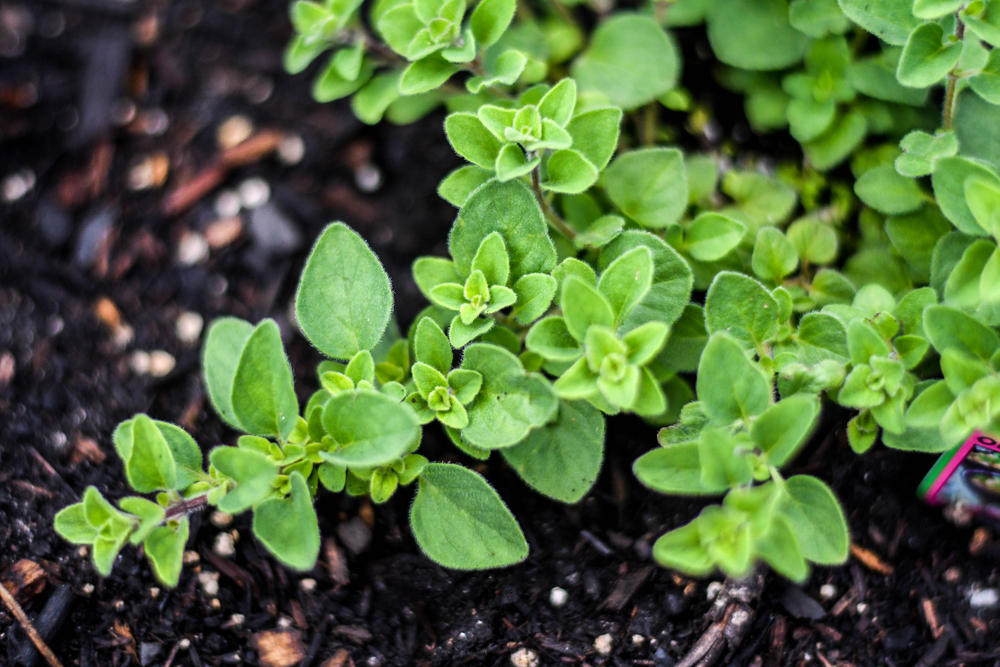
Oregano is another herb that pairs well with parsley due to their shared preference for similar growing conditions. Both plants thrive in well-drained soil and full sunlight, making them suitable companions in the garden. Oregano’s strong aroma helps to repel pests like aphids, which can damage parsley leaves. By planting oregano alongside parsley, gardeners can create a natural defense against these pests without the need for chemical interventions.
In addition to pest control, oregano and parsley complement each other in the kitchen, with their flavors enhancing various dishes. Oregano adds a robust, savory taste to meals, while parsley provides a fresh, herbaceous note. Their combined flavors make them an excellent pair for cooking, and their growth habits allow them to coexist peacefully in the garden without crowding each other.
Coriander (Cilantro)
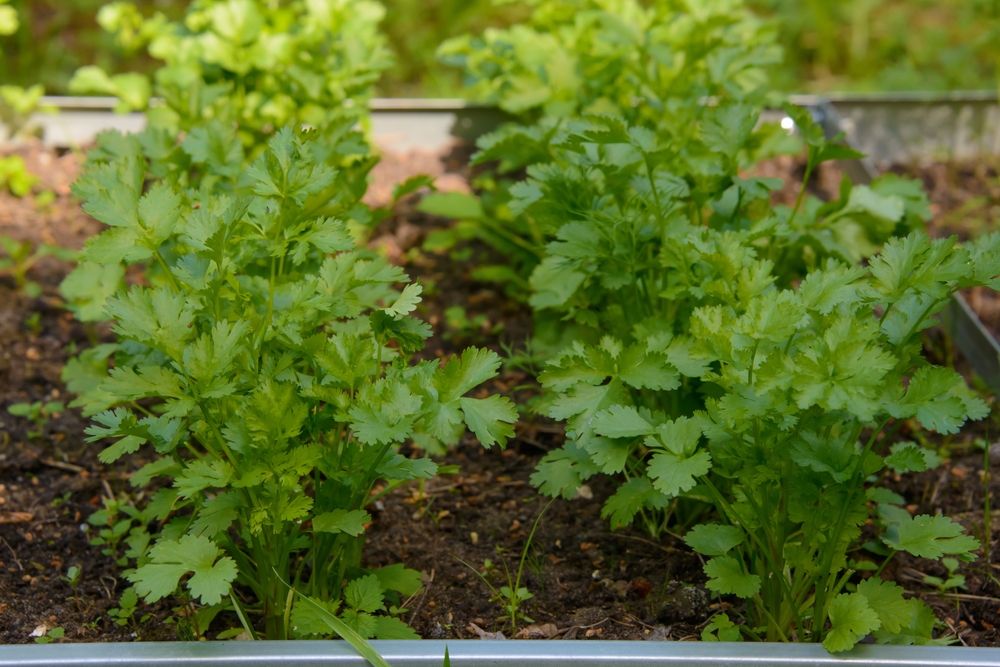
Coriander, also known as cilantro, is a fantastic companion for parsley, as both herbs enjoy similar growing conditions, such as full sunlight and well-drained soil. When planted together, coriander attracts beneficial insects like ladybugs and lacewings, which help control aphids and other pests that can harm parsley. This mutual benefit helps maintain a healthy environment for both plants. The strong aroma of coriander also acts as a natural deterrent for pests like spider mites and aphids, further safeguarding parsley.
Both coriander and parsley are commonly used in cooking, and when planted together, they can complement each other in flavor. While coriander has a bright, citrusy flavor, parsley offers a milder, peppery taste, making them an ideal pairing for a variety of dishes. Their growth patterns are similar, allowing them to be planted side by side without competing for space, making them a great duo in herb gardens.
Beans
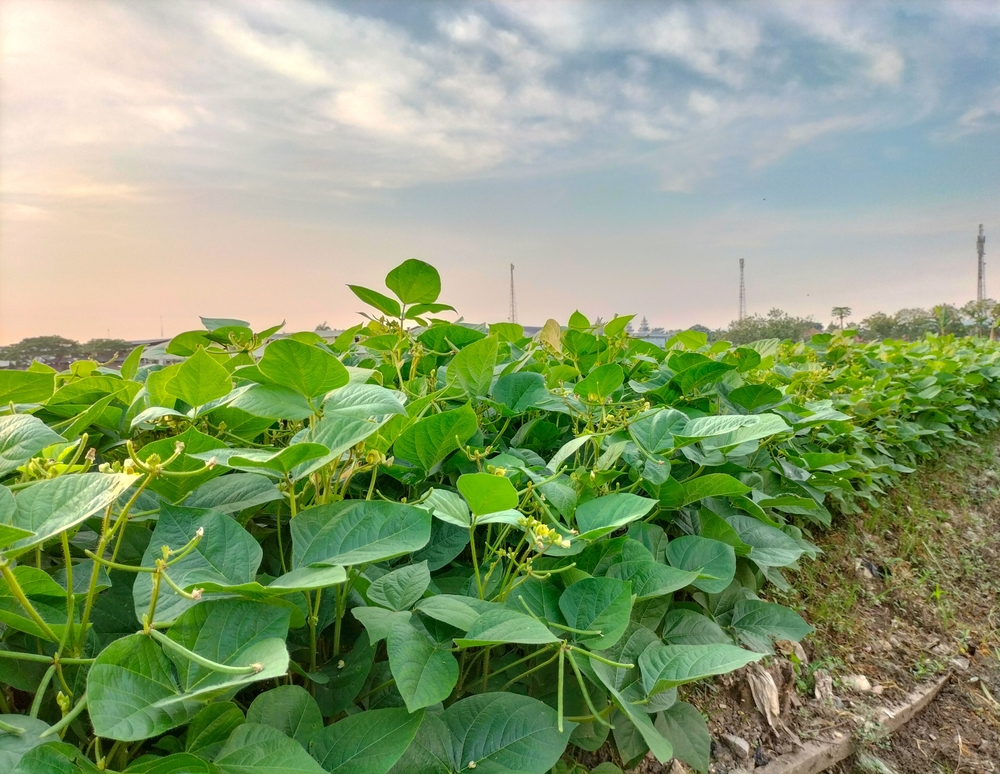
Beans, particularly bush beans and pole beans, are excellent companions for parsley because they provide essential nutrients to the soil. Beans are nitrogen-fixing plants, meaning they naturally enrich the soil by converting nitrogen from the air into a form that plants can use. This can be especially beneficial for parsley, which thrives in nutrient-rich soil. In return, parsley helps deter harmful pests from beans, such as aphids, which can otherwise damage the bean plants.
Furthermore, beans and parsley do not compete for the same space, as beans grow upward on vines, while parsley remains a low-growing herb. This makes them a great pair for a garden, maximizing the use of available space. Additionally, beans can act as a natural shade for parsley, protecting it from excessive heat and helping maintain soil moisture. Together, they support each other’s growth while adding a variety of flavors to the garden.
Carrots
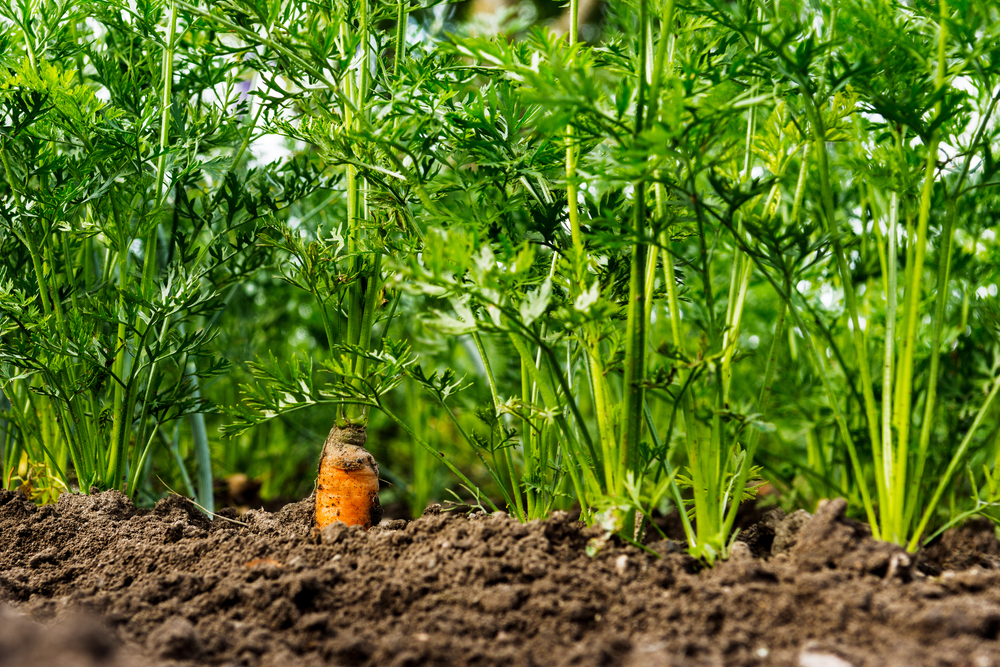
Carrots and parsley make great companions due to their complementary growing habits. Both plants prefer cool weather and well-drained soil, making them ideal companions in the garden. Parsley helps to improve the flavor of carrots when grown together, as it is thought to enhance the growth of nearby root vegetables. Additionally, parsley attracts beneficial insects like hoverflies, which prey on carrot flies, a pest that targets carrot crops.
Carrots, in return, provide natural shade for parsley, keeping the soil around it cool and moist. Their root growth does not interfere with parsley, allowing both plants to coexist without competition. This duo is a great choice for gardeners looking to maximize space and yield in their vegetable gardens, as both plants work together harmoniously to promote a healthy and productive garden.
Mint
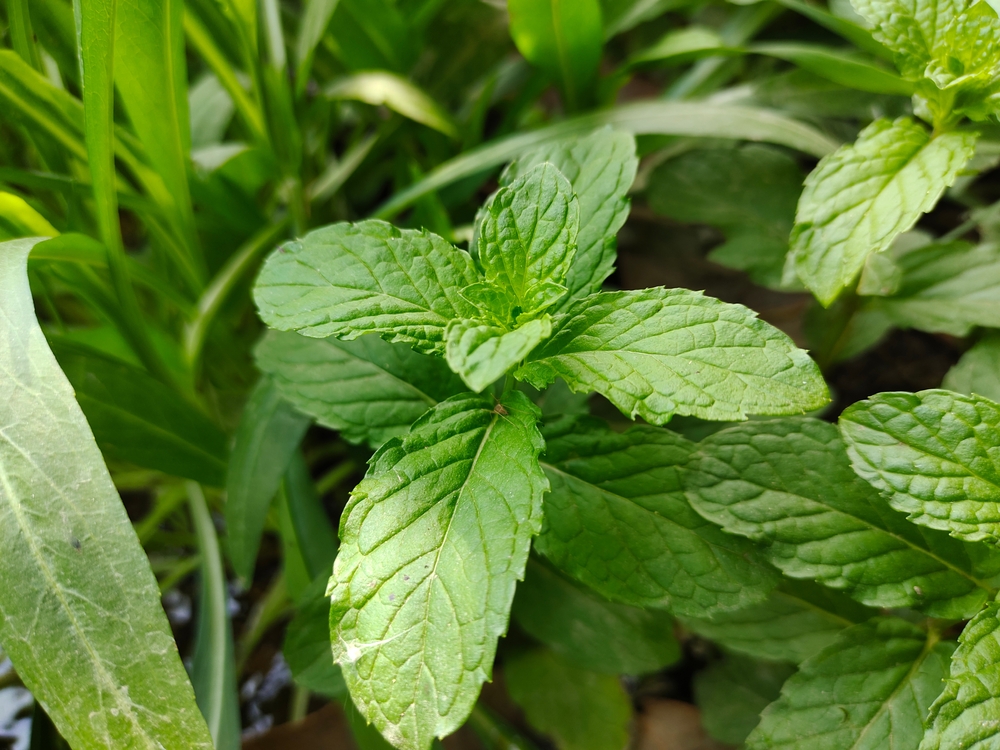
Mint is a highly invasive plant that tends to spread quickly and aggressively. When planted near parsley, mint competes for both water and nutrients, which can stunt the growth of parsley. Mint also grows vigorously, often overshadowing smaller plants like parsley and depriving them of sunlight. Additionally, mint’s root system can easily overtake parsley’s roots, causing it to wither. It is best to grow mint in a separate pot or contained area to prevent it from taking over your herb garden.
While mint has a pleasant aroma and can repel some pests, its invasive nature makes it unsuitable for planting near parsley. The competition for space, water, and nutrients can harm the delicate parsley plant, leading to reduced yields and stunted growth. To keep parsley thriving, it is recommended to avoid planting mint in the same garden bed.
Dill
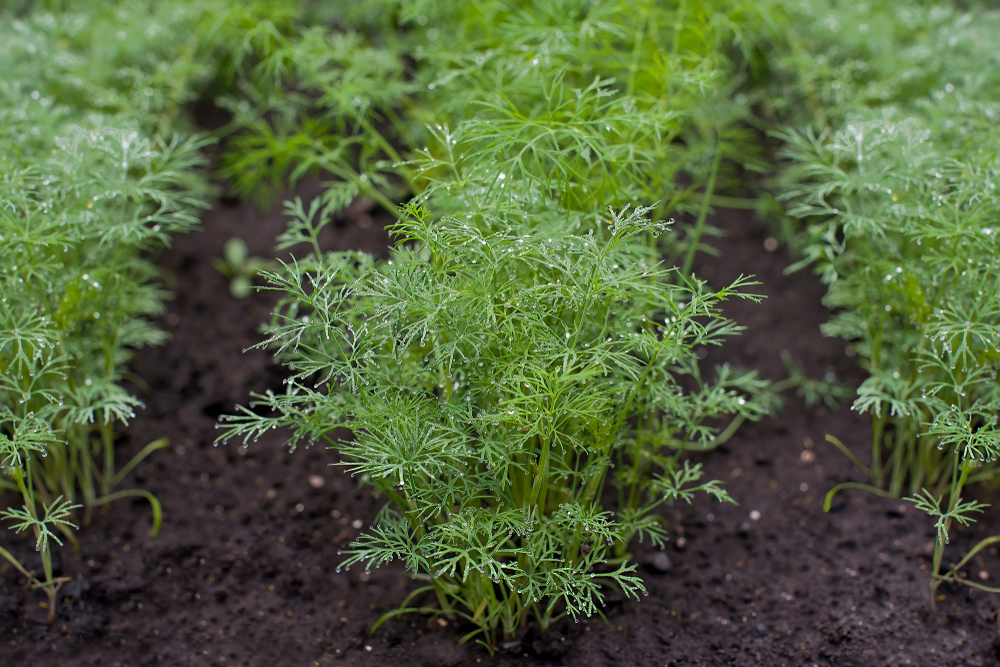
Dill is another herb that should be kept away from parsley due to its tendency to attract aphids. These pests are attracted to the fragrant leaves of dill and can easily move on to nearby plants, including parsley. The presence of aphids on parsley can lead to yellowing of the leaves, reduced growth, and overall poor health. Dill’s deep taproot can also compete with parsley’s shallow root system, making it harder for parsley to access water and nutrients.
Dill’s tall, feathery growth can also overshadow parsley, reducing the amount of sunlight that reaches the parsley plants. To prevent damage to parsley, it’s best to keep dill at a distance or plant it in a separate area of the garden where it won’t overshadow or attract pests to the parsley.
Caraway
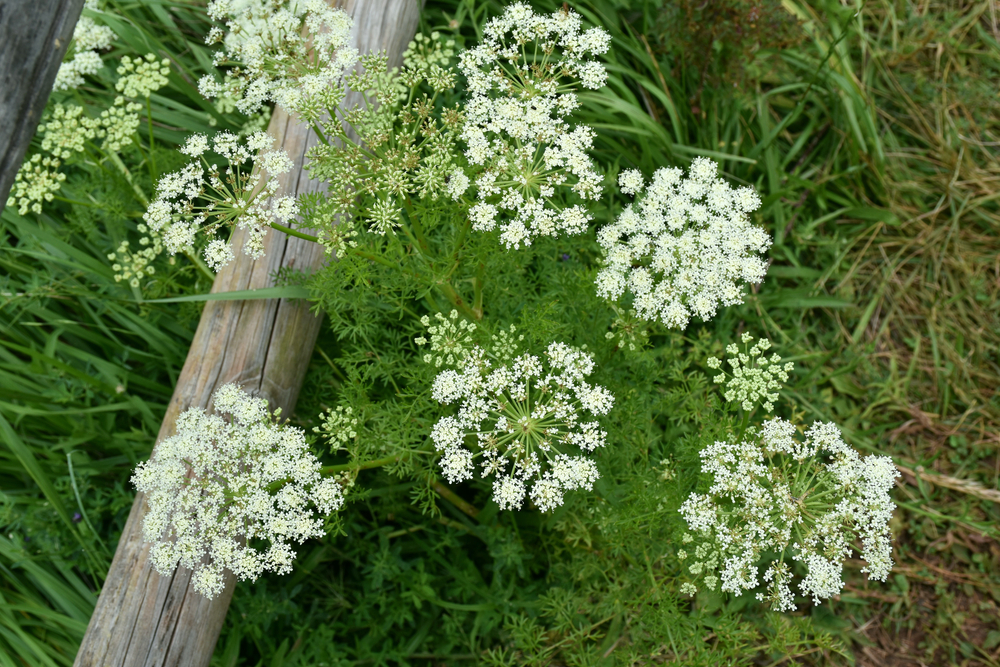
Caraway is another plant that should be kept away from parsley, as it competes for similar growing conditions. Both plants are in the Apiaceae family, and when grown together, they often compete for the same nutrients, sunlight, and water. Caraway’s tall, strong growth can overshadow parsley, depriving it of light, and its deep roots can interfere with the shallower roots of parsley. This competition can lead to weak growth and a lack of healthy parsley leaves.
Caraway can also attract pests like aphids, which can damage parsley by feeding on its foliage. To avoid pest problems and ensure parsley grows well, it’s best to grow caraway and parsley in separate garden beds or pots.
Fennel
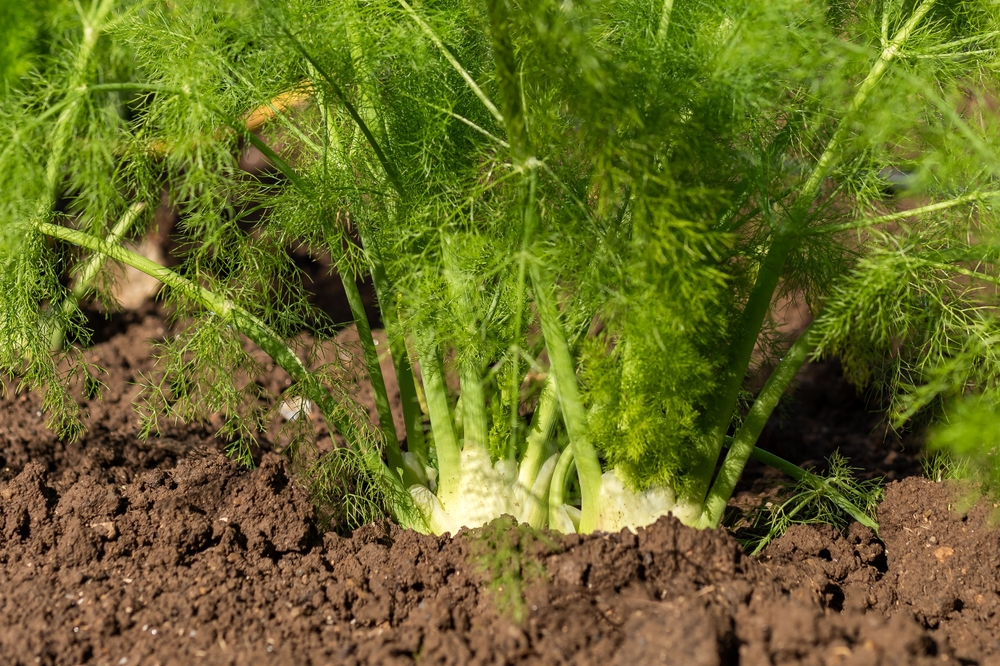
Fennel is known for its tendency to inhibit the growth of many other plants, including parsley. This is because fennel produces chemicals in its roots that can have an allelopathic effect, meaning they can suppress the growth of nearby plants. When planted near parsley, fennel can stunt parsley’s growth by competing for resources and releasing substances that inhibit parsley’s development. The tall, upright growth of fennel also shades parsley, depriving it of much-needed sunlight.
Additionally, fennel is prone to attracting aphids and other pests, which may move on to parsley, causing harm. To protect parsley from fennel’s growth-suppressing effects and pest problems, it is best to keep fennel away from parsley in the garden.
This article originally appeared on Avocadu.
